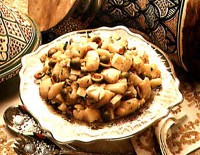Madaba’s Mosaics and Monuments: History, Faith, and Art Intertwine
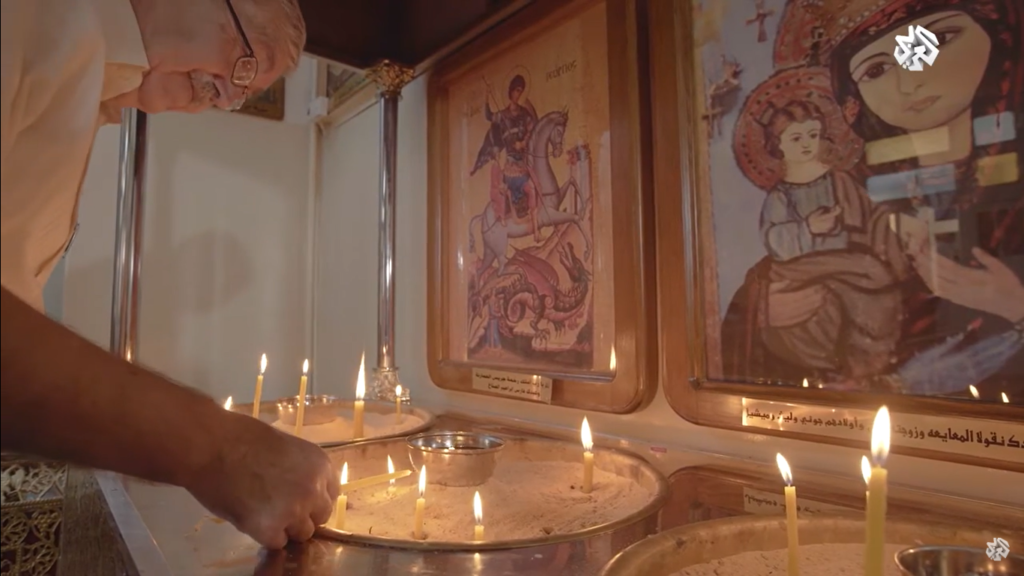
By: Yara Marei / Arab America Contributing Writer
Step into a city where history comes to life through breathtaking mosaics, ancient churches, and sacred landmarks. Known as the “City of Mosaics,” Madaba offers a mesmerizing blend of culture, faith, and artistry that spans centuries. From the world-famous Madaba Map to the awe-inspiring views of Mount Nebo, every corner of this historic gem tells a story waiting to be explored with Yara Marei Arab America Contributing Writer. As Madaba continues to embrace sustainable tourism and preserve its rich heritage, it stands as a must-visit destination for travelers seeking an unforgettable journey through Jordan’s past and present.
A City Steeped in History and Beauty
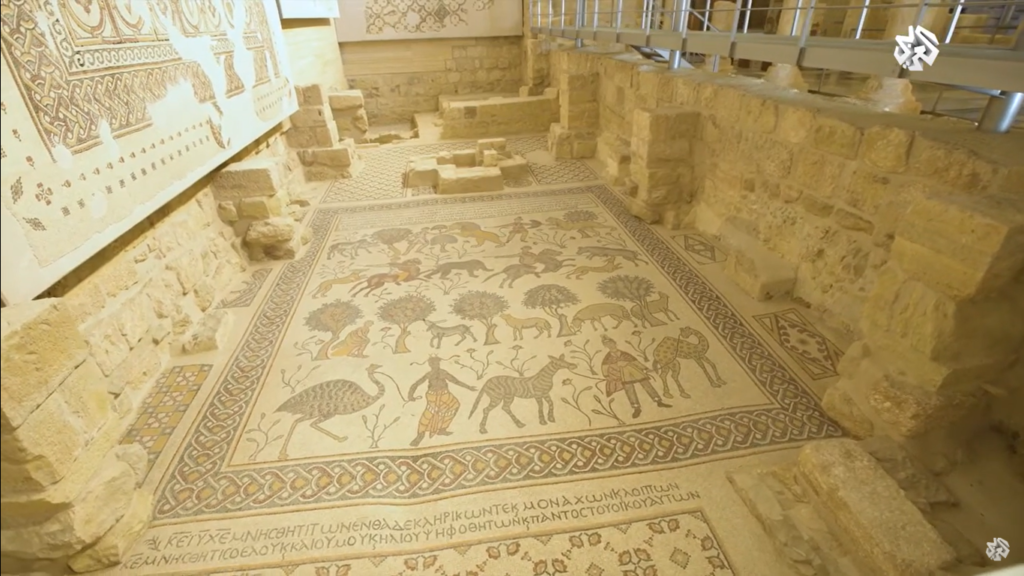
Madaba, often called the “City of Mosaics,” is one of Jordan’s most significant tourist attractions. With its rich historical and natural heritage, the city has gained numerous accolades, including being named the Arab Capital of Tourism in 2022. Despite receiving attention for its prominent sites, many hidden gems in Madaba still await proper preservation and promotion. The city’s breathtaking landscapes, natural springs, and ancient ruins remain unchanged over centuries, though efforts to enhance eco-tourism in areas like Dhiban, Qasr al-Malih, and Hammam Qusayba continue to receive tourist attractions.
Madaba’s charm lies in its accessibility from Amman, just a short drive from the capital. The city offers a variety of attractions, historical sites, cultural experiences, and a vibrant food scene. Its bustling streets and welcoming markets provide an immersive experience for both locals and visitors. As well, Jordanians need to appreciate and explore their country’s history before international tourists do because many of them don’t know about these miracles! but once a wise man said, “I am Jordanian; I am the son of our holy lands,” and it just blew up my mind!
The Tourist Information Center: A Must-Visit Starting Point
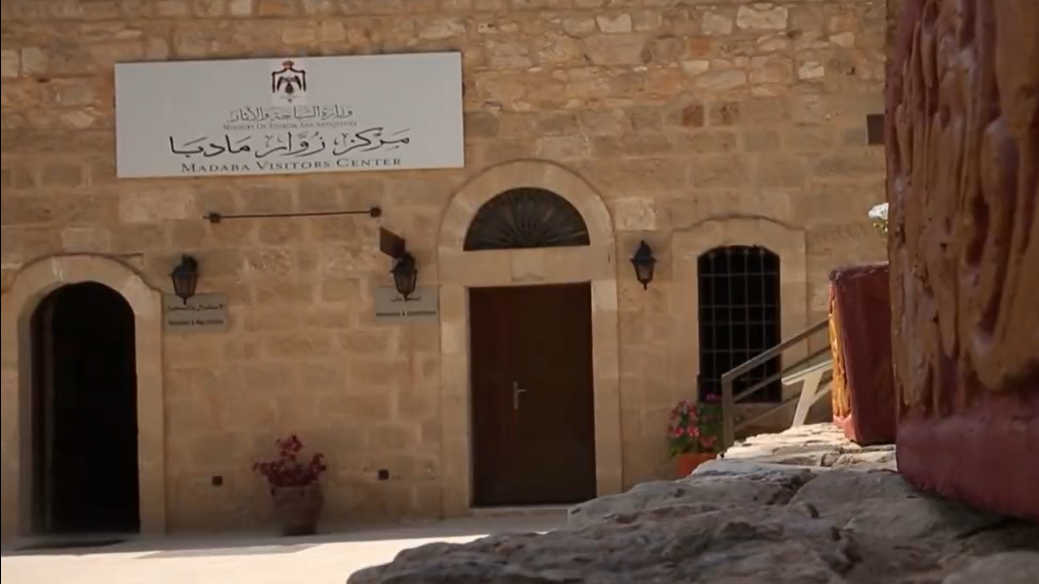
if you are visiting Madaba for the first time, the Madaba Visitor Center should be your first destination. Since the late 1990s, the Jordanian Ministry of Tourism has worked to establish Madaba’s Visitor Center, which has welcomed hundreds of thousands of tourists from around the world. This center serves as an essential first stop for visitors, offering brochures and guides on the city’s attractions, walking trails, and historical sites.
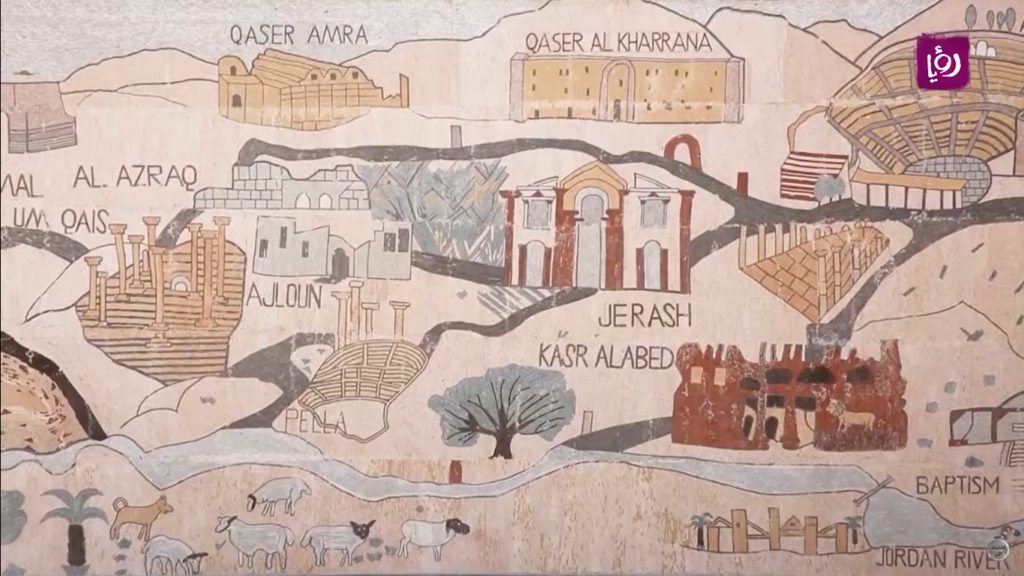
Over the years, the center has been continuously improved, ensuring that tourists receive the best services. The building itself has historical significance, as it once belonged to the Al-Bali family in 1907. Its traditional stone-and-mudbrick architecture reflects the essence of Jordanian heritage. Inside, visitors can watch a film produced by the Ministry of Tourism, highlighting Madaba’s 23 significant historical sites. The center also showcases mosaics, traditional handicrafts, and the city’s agricultural history. Recognized for its artistic significance, Madaba joined UNESCO’s Creative Cities Network in 2017, solidifying its reputation as a global hub for mosaic art and cultural heritage.
St. George’s Church: Home to the Famous Madaba Map
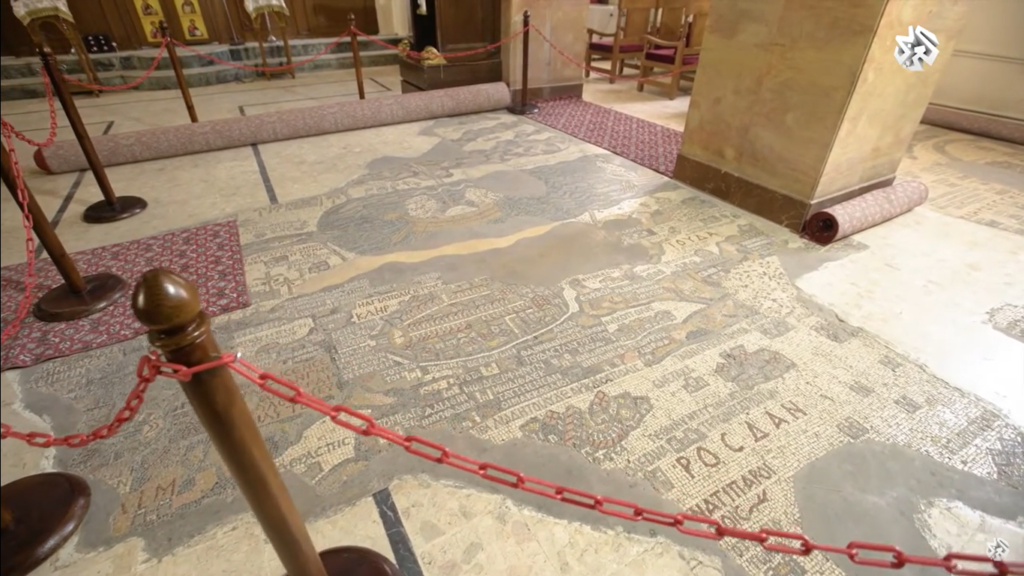
One of Madaba’s most iconic sites is St. George’s Church, home to the famous Madaba Map, an extraordinary 6th-century mosaic that is the oldest known cartographic depiction of the Holy Land. Covering the church’s floor, this Byzantine-era masterpiece stretches from Lebanon to the Nile Delta, illustrating key biblical sites with remarkable detail. Discovered in 1896, the map remains one of the region’s most significant archaeological and religious artifacts, drawing scholars and visitors from around the world.
One of its most extraordinary features is a rare mosaic map, the only surviving cartographic representation of the Middle East from antiquity. Stretching from Lebanon’s borders to Alexandria in Egypt, this masterpiece intricately details biblical locations, ancient cities, and significant religious landmarks. Visitors can also explore the church’s underground chambers, where ancient structures and water wells dating back thousands of years have been preserved. Though excavations have been challenging due to structural concerns, the site remains a must-visit for those fascinated by religious and archaeological history.
Madaba’s mosaic tradition flourished under Roman rule and continued through the Byzantine period, establishing the city as a major center of Christian heritage. The intricate artistry of the Madaba Map, along with other mosaics found throughout the city, stands as a testament to this rich legacy. Walking through St. George’s Church, visitors can witness not just an ancient work of art but a historical record that offers an extraordinary glimpse into the geography and spiritual landscape of the early Christian world.
The Church of St. John the Baptist: A Site of Religious Significance
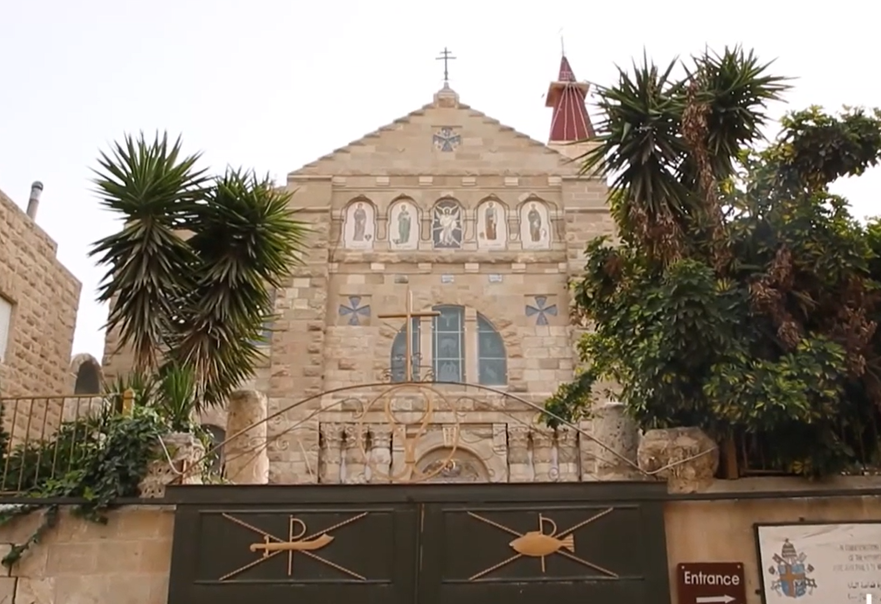
A lesser-known yet equally significant landmark in Madaba is the Church of St. John the Baptist, built over the ruins of a much older church. This site holds immense historical and religious importance, as it is believed to be near the place where John the Baptist was executed. Retaining elements of early Christian architecture, the church stands as a testament to Madaba’s deep historical roots.
The Church of the Virgin Mary
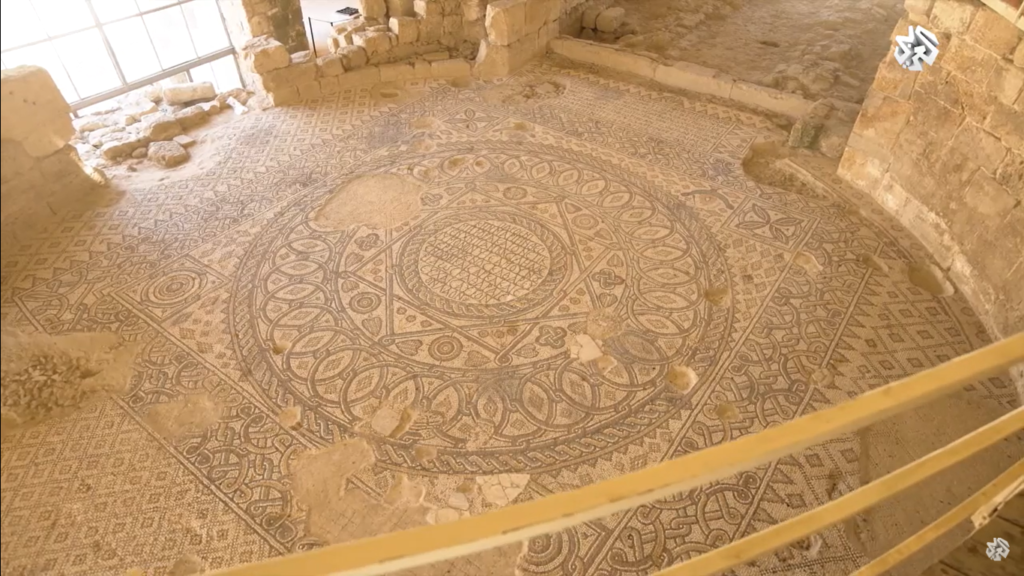
Another significant religious site in Madaba is the Church of the Virgin Mary. The entire floor of this church is covered in breathtaking mosaics that tell a variety of stories, making it a true masterpiece of ancient art. Every image has a narrative, reflecting the artistic and cultural influences of the time. The Romans, who flourished in Madaba, contributed to this artistic legacy, creating mosaics that rival those found in places like Jerash. The site provides a glimpse into the prosperity of Madaba during the Byzantine era and its continued importance in preserving historical and religious heritage.
The Legacy of Madaba’s Mosaics
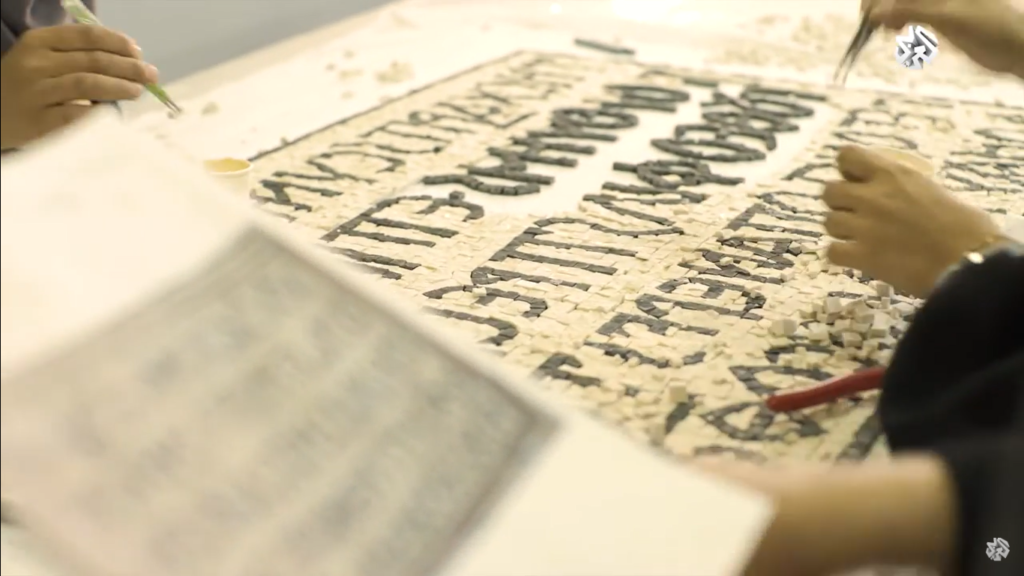
Madaba’s legacy as the “City of Mosaics” is embodied in its breathtaking collection of ancient artworks. Carefully arranged stones create intricate images that transport visitors through time, telling the stories of Greek, Roman, and Byzantine civilizations. More than just decorative pieces, these mosaics serve as historical records, reflecting religious beliefs, mythologies, and daily life from centuries past. Early mosaic artists in Madaba believed their creations held mystical significance, seamlessly intertwining faith, history, and artistic mastery.

For those looking to experience this tradition firsthand, Madaba offers interactive mosaic workshops where visitors can create their own pieces. Alternatively, they can explore the city’s many modern mosaic shops, where skilled artisans continue this ancient craft, offering handmade mosaics as unique souvenirs of their journey through history.
Mount Nebo: A Sacred Landmark
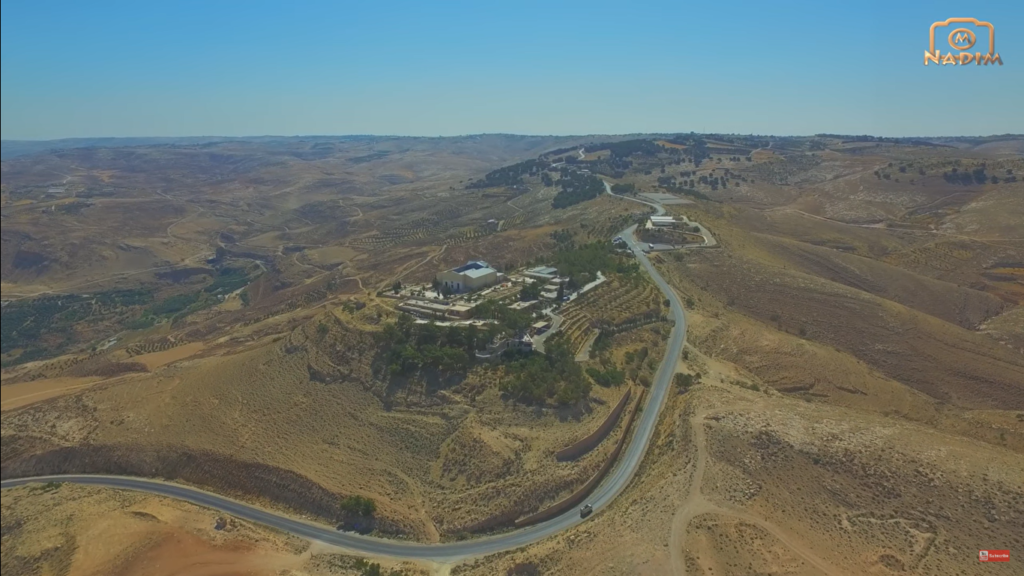
Beyond its churches, Madaba is home to one of Jordan’s most sacred sites: Mount Nebo. Located about 10 kilometers from the city, this revered mountain is believed to be the place where Prophet Moses saw the Promised Land before passing away. The panoramic views from the summit stretch across the Jordan Valley, the Dead Sea, and even Jerusalem on a clear day. The site is adorned with ancient inscriptions in various languages, including Greek and Aramaic, reflecting the diverse cultural influences that have shaped the region over millennia. Excavations have uncovered remnants of early Christian monasteries, with some structures dating back to the 4th century AD, reinforcing Mount Nebo’s status as a significant religious destination.
A Journey Through Time
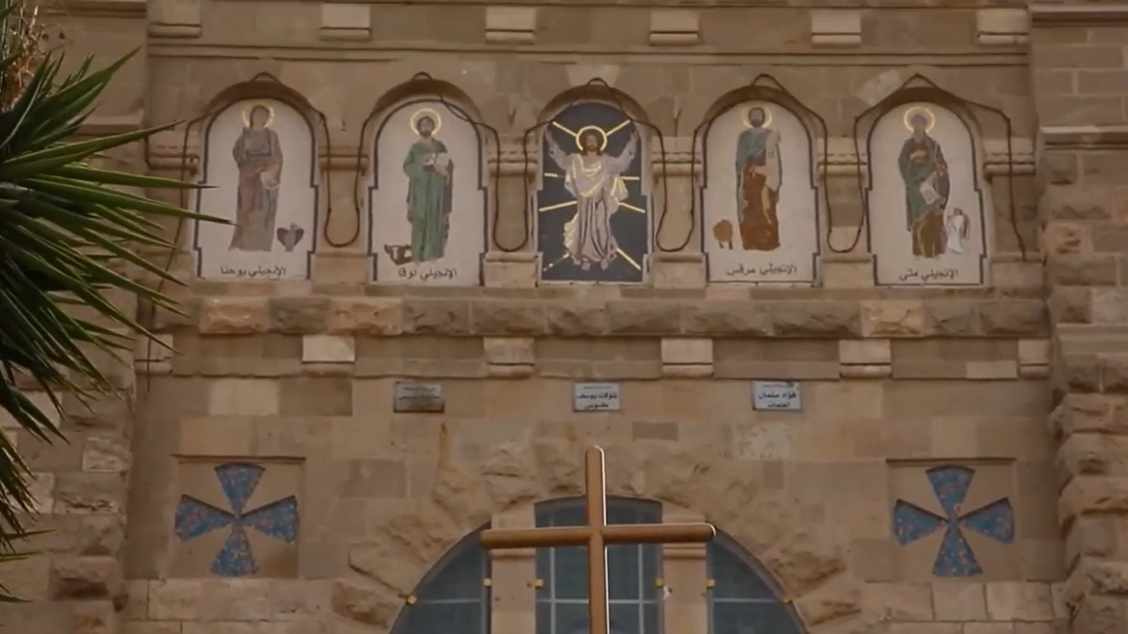
Madaba is a city where history, culture, and artistry converge, offering visitors a captivating journey through time. Whether marveling at its intricate mosaics, exploring its ancient churches, or taking in the breathtaking views from Mount Nebo, every corner of Madaba tells a story of faith, heritage, and artistic brilliance. As efforts continue to enhance infrastructure and promote sustainable tourism, Madaba is poised to attract even more visitors, solidifying its status as one of Jordan’s most treasured destinations. With its deep historical roots and vibrant cultural scene, Madaba remains a living testament to the enduring legacy of Jordan’s rich past.
Want more articles like this? Sign up for our e-newsletter!
Check out our blog here!


